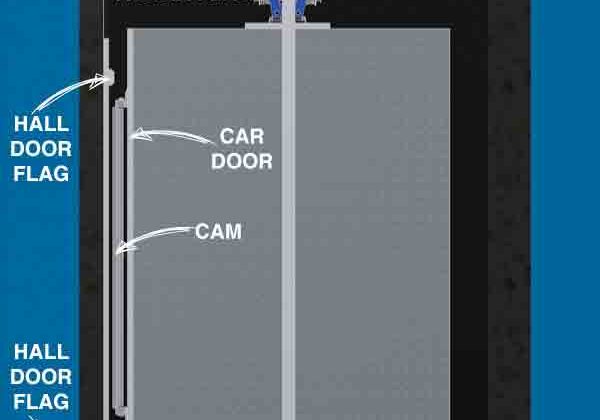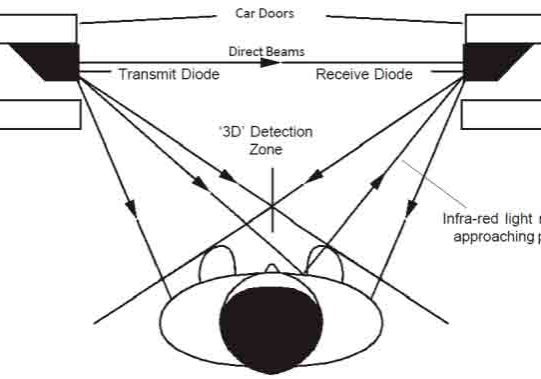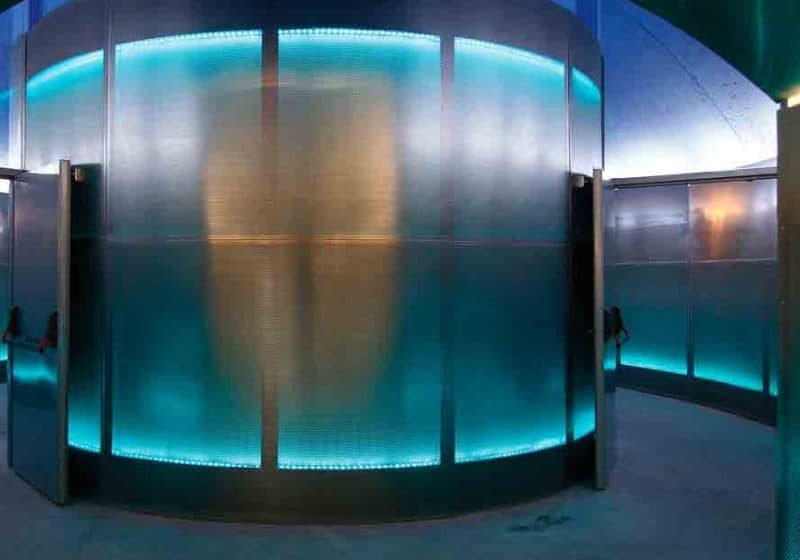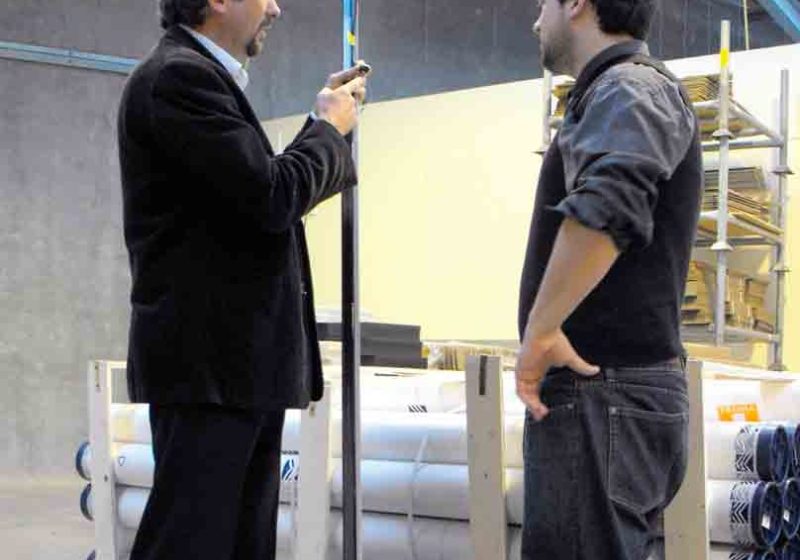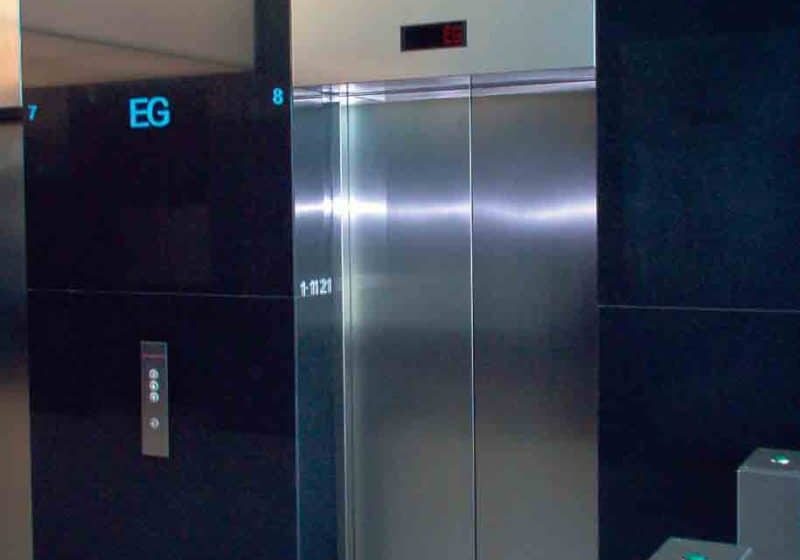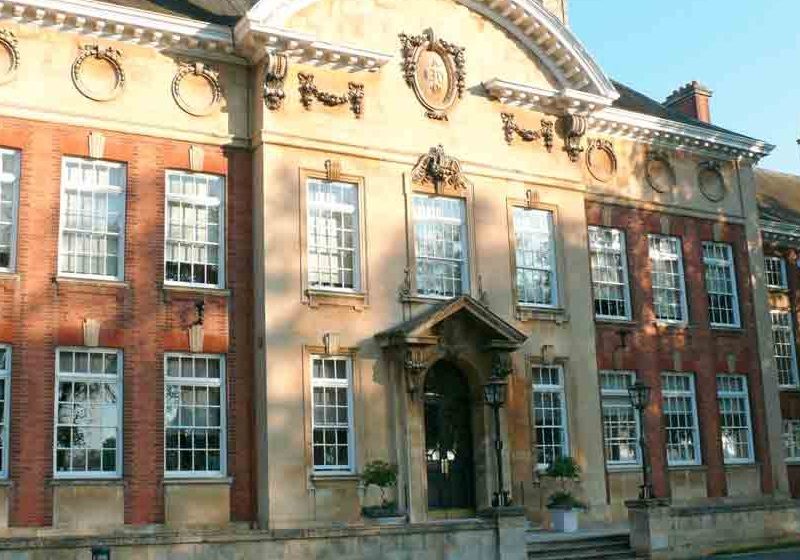10th Annual CTBUH Awards
Feb 1, 2012
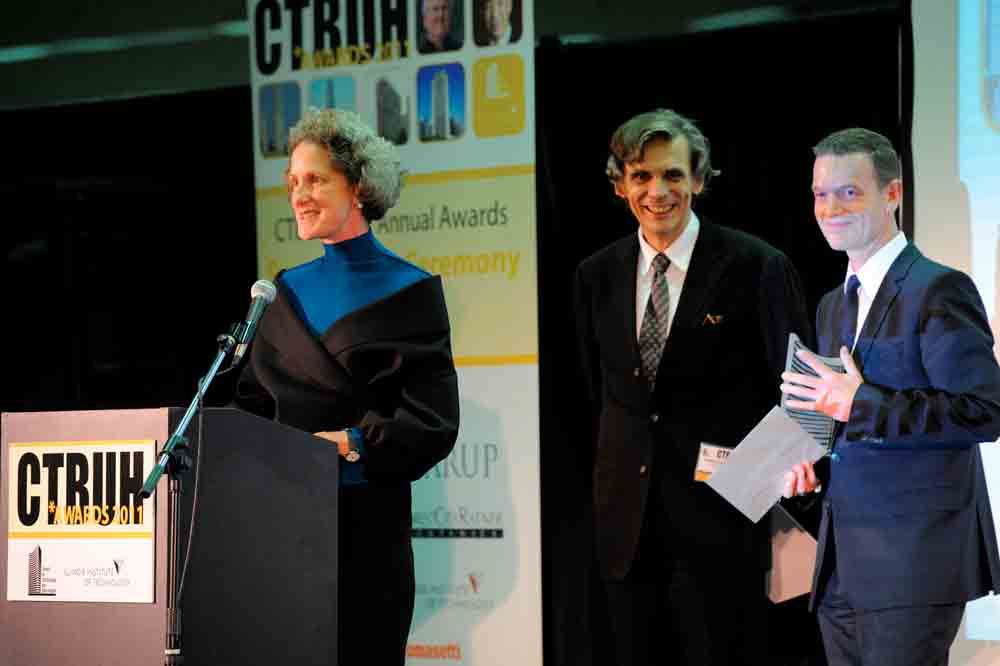
Coverage of the Council on Tall Buildings and Urban Habitat (CTBUH)’s awards symposium, presentation and Annual Awards Dinner held in Chicago on November 3, 2011
On November 3, 2011, the Council on Tall Buildings and Urban Habitat (CTBUH) held its 10th-Annual Awards Ceremony. The day included an awards symposium that consisted of six presentations, followed by the Annual Awards Dinner. The presentations were divided into two groups of three, with a question-and-answer (Q&A) session following each group. The symposium and dinner were co-hosted by the Illinois Institute of Technology (IIT) and were held on the IIT campus in Chicago. More than 600 people, including a diverse set of professionals interested in tall buildings and approximately 200 students, attended the symposium. One of the many intriguing aspects of this event was the fact that the speakers reflected the diversity of the audience in attendance, which included architects, engineers and developers.
The afternoon opened with a presentation by architect Adrian Smith, this year’s recipient of the CTBUH Lynn S. Beedle Lifetime Achievement Award. Smith has had an extraordinary career that began with Skidmore Owings & Merrill (SOM) in 1967. At SOM, he participated in the design of many well-known skyscrapers, beginning his career as part of the team that designed the John Hancock Tower in Chicago. Among the many tall buildings Smith designed while at SOM are the Bishopsgate/Broadgate Tower in London, which was the CTBUH Best Tall Building Europe in 2009, and the 71-story, 310-m Pearl River Tower, scheduled to open this fall in Guangzhou, China. In 2006, Smith left SOM, and along with Gordon Gill, founded Adrian Smith + Gordon Gill Architecture. Smith is best known as the architect of the tallest building in the world — the Burj Khalifa in Dubai (completed in 2010 [ELEVATOR WORLD, November 2010]) and is currently engaged in designing the Kingdom Tower, proposed for a site in Jeddah, Saudi Arabia. This building’s projected height is approximately 1,000 m. If completed as proposed, the Kingdom Tower will be 173 m taller than the Burj Khalifa. Smith delivered an engaging lecture on his career and approach to designing what the CTBUH refers to as “supertall” buildings.
The second presentation of the afternoon was the first of four that addressed buildings recognized by the CTBUH as the best tall building designs for 2011. CTBUH accepts nominations from four geographic regions: the Americas, Asia and Australasia, Europe, and the Middle East and Africa. The winner in each region competes for the best tall building overall award. The first building presented was for Best Tall Building Americas: New York by Gehry, also known as 8 Spruce Street, in New York City. The presentation, titled “Getting under the Skin: Façade Innovation,” was given jointly by John Bowers (partner, Gehry Partners, LLP) and Joseph A. Rechichi (senior vice president, Forest City Ratner Cos.). As its title suggests, the presentation focused on the design and construction of the building’s remarkable façade that features a dynamic shimmering, curving, undulating skin that allowed the building to make an immediate impact on the city’s skyline. The building’s sculptural façade also resulted in a diversity of floor plates that yielded challenges and opportunities for both architect and client. Bowers and Rechichi gave an excellent presentation that addressed the technical challenges presented by Frank Gehry’s sculptural approach to architecture, as well as the critical role the client (and, in this case, the developer) plays in the design process.
The third presentation, titled “Towards an Elegant Simplicity,” was given by Chris Wilkinson (principal, Wilkinson Eyre Architects) and Michael Kwok (director, Arup) who served as architect and engineer for the Guangzhou International Finance Center, recognized as the Best Tall Building Asia & Australasia. Although the talk’s title referred to the building’s streamlined form (which was, in many ways, the polar opposite of Gehry’s design), this presentation primarily focused on the structural challenges present in skyscraper design. Kwok provided a thorough account of the building’s composite structural system, which featured a concrete core and a perimeter diagrid frame. This presentation was followed by the first Q&A session, during which the majority of questions was asked by students.
The first presentation after the break addressed the design of the Best Tall Building Europe: KfW Westarkade in Frankfurt, Germany. Titled “The Next Generation of Energy Efficiency,” the presentation was delivered by one of the building’s architects, Matthias Sauerbruch (principal, Sauerbruch Hutton) and Axel Hinterthan (director, KfW Bankengruppe), a leading representative of the client group. It focused on the building’s innovative façade and systems’ design, which resulted in what CTBUH described as “one of the most energy-efficient office buildings in the world.” The building reportedly uses half the energy of a typical European office building and one-third the energy of a typical North American office building. The presentation also addressed the building’s design with regard to how its form effectively responded to the existing bank campus and surrounding context.
The final building presentation concerned the Best Tall Building Middle East & Africa: The Index, located in the Dubai International Finance Center. Similar to the previous presentation, this one, titled “Passive Design for the Middle Eastern High-Rise” and delivered by Toby Blunt (partner, Foster + Partners) and Thomas Wiegand (chief property officer, Union Properties), focused on the building’s energy-efficient design.
The symposium’s concluding presentation was given by Dr. Akira Wada, Professor Emeritus of the Tokyo Institute of Technology and 2011 recipient of the CTBUH Fazlur R. Khan Lifetime Achievement Medal. Wada’s talk, “Seismic Design and Structural Engineering: Implications for our World Today,” traced his lengthy engineering career and highlighted his many contributions to improving the seismic design of tall buildings. The second Q&A session followed this presentation, and, as was the case earlier in the afternoon, most questions were asked by students.
The day concluded with a reception and the CTBUH Annual Awards Dinner, which was attended by approximately 200 people. That evening, the four best tall building winners were officially recognized, as were the recipients of the CTBUH lifetime achievement awards. During the dinner, the 2011 CTBUH fellows were also announced: Ron Klemencic (president of Magnusson Klemencic Associates, U.S.), Brett Taylor (project director at Bornhorst & Ward Pty. Ltd., Australia) and John Zils (SOM, U.S.). CTBUH also announced the establishment of the Norman Ramsey Collection and recognized Norman Ramsey of Cedar Rapids, Iowa, for the donation of his substantial collection of skyscraper memorabilia. The collection, which will be housed at IIT, consists of magazine articles, newspaper clippings, postcards, books and other related materials. Regrettably, Ramsey was unable to attend the Awards Dinner due to ill health.
The culmination of the evening was the announcement of the best tall building of 2011, which was awarded to KfW Westarkade. Rick Cook (Cook + Fox Architects), chair of the 2011 CTBUH Awards Committee, noted that the design was “already being touted as one of the most energy-efficient office buildings in the world” and that the building “stands out as a shining example of a truly environmentally responsible project.” It is interesting to note that KfW Westarkade was by far the shortest of the buildings nominated this year, having only 14 floors and standing only 56 m high. By comparison, New York by Gehry has 76 floors and is 265 m high, The Index has 80 floors and is 326 m high, and the Guangzhou International Finance Center has 103 floors and is 439 m high. Finally, it should also be noted that the vertical-transportation industry was well represented at the Awards Dinner, with representatives from KONE; Schindler; Mitsubishi Electric; Fortune Consulting, Ltd.; Lerch Bates Inc.; and the SKA Elevator Consulting Group in attendance.
Get more of Elevator World. Sign up for our free e-newsletter.



